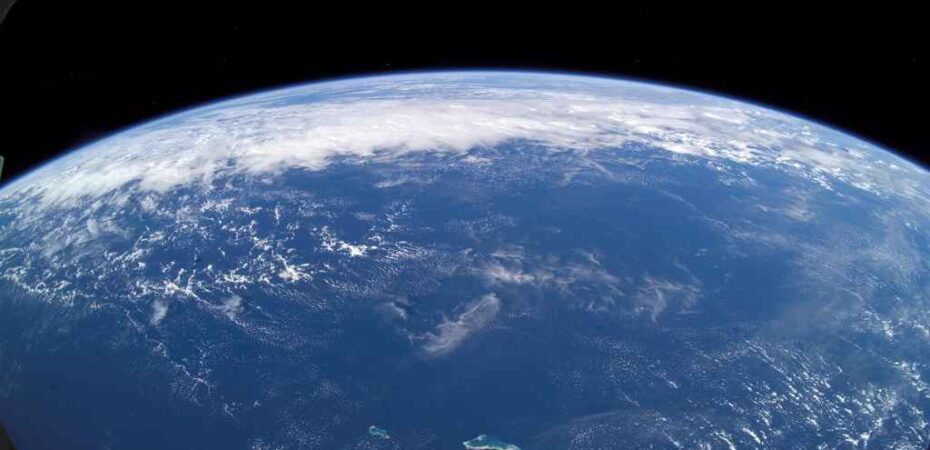NASA is a government-funded company that has been around for quite some time with multiple experts on board who are exploring different parts of this universe. We have known NASA for the longest time to be the explorers of space, uncovering unique pieces of information to make us aware of our surroundings. But do you ever wonder how the ocean takes up 70% of NASA’s favorite planet Earth, and they still stopped exploring it?
Now this may lead to many conspiracy theories, such as what did NASA find in the ocean that scared them? Or was it that the sea was boring and had nothing interesting? Or did they just publicly announce that they are stopping their movement towards exploring the ocean and secretly still uncovering the wonders and the secrets the waterbody holds?
There’s not much to say except wait for the day they probably end up announcing what the Ocean holds. But till then, here’s to what we believe are some of the possible theories as to why did Nasa stop exploring the Ocean.
Let’s dive in and find out the secrets of NASA!
NASA’s Shift From Space to the Ocean: Is it True?

The concept that the US government founded a group to study the ocean’s depths only for NASA to run into something so horrific that it turned its focus to space is fascinating, but it is a made-up myth. NASA’s written history provides an unusual view, highlighting its importance in science and technology relating to air and space. A visit to NASA’s official website confirms this, leaving no opportunity for marine activities. So why do such claims continue to exist?
On websites like TikTok and Twitter, bizarre rumors about NASA stopping ocean exploration get a lot of clicks and views. These stories will keep appearing as long as people interact with this content.
NASA’s achievements testify by themselves, from moon landings to Mars rovers, Hubble, and the International Space Station. Ocean exploration, however, is not one of their legacies. Instead of relying solely on TikTok for history lessons, it’s critical to distinguish fact from fiction and learn from reliable sources.
NASA Keeps An Eye on the Ocean
Although NASA hasn’t descended below the ocean’s depths, it has kept a close eye on space. NASA launched Seasat, a revolutionary oceanographic satellite for the general population 1978. Seasat, which had five sensors, could measure the sea surface temperature, cloud cover, and polar sea ice conditions in addition to the spacecraft’s altitude above the ocean’s surface. Sadly, a short circuit ended Seasat’s mission early, stopping data collection after only 105 days.
The Tiros-N satellite, which revolutionized ocean mapping, was launched by NASA at the same time. Its AVHRR sensor generated the first valuable maps of sea surface temperature and crucial information on ocean primary productivity and chlorophyll concentrations. Since then, many satellite missions have conducted ocean observations, giving NASA invaluable knowledge about weather trends and climate change. Hence, while NASA is watching Earth’s waters, it does it from the heights of space rather than descending upon the seas themselves.
NASA Joining Hands With WHOI

Beneath the vast expanse of our planet lies so much that is yet to be discovered by the people. Even though we are all aware that land makes up 30% and water makes up 70% of Earth, shockingly, not many oceans have been explored, and these water bodies remain untouched and undiscovered. It’s funny how we know so less about all the oceans but so much more about space and different planets. That’s when WHOI comes to the rescue providing people with insight into what’s inside these massive bodies of water.
Even though NASA is world-famous for its revelations of space, multiple planets such as the Moon and Mars find about the Sun, stars, and the minor details on everything universal. But we can’t expect NASA not to dive into the world buried deep in the Ocean. They embarked on a mission almost a year back, planning to challenge science and technology to uncover the secrets lurking in the waves. NASA and WHOI plan to help people discover multiple mysteries of the underwater world.
Did you know the Hadal Zone is 11 kilometers beneath the surface of the Ocean, and NASA plans to discover everything inside this area. Various scientists joined forces with WHOI, a famous institution in Massachusetts, to embark on the journey to the uncharted oceans of the Earth.
The Rise of Orpheus
With WHOI’s cutting-edge autonomous underwater vehicle, Orpheus, explore the depths. Orpheus was named after the mythical Greek hero who visited the underworld and surveyed the unexplored regions of the ocean floor. This fantastic vehicle, which has been equipped with cutting-edge visual navigation technology similar to that found in NASA’s Perseverance Mars Rover, uses high-resolution cameras to recognize and map formations of rocks, shells, and other interesting structures, producing immersive 3D maps studded with seabed marks. Orpheus will not only navigate and recognize familiar surroundings, but it will also shed light on the variety of life thriving in this challenging environment. Prepare to get mesmerized!
Bottom Line
So if you have been wondering all this time, what did NASA find in the ocean that scared them? You now know the answer to this confusion. NASA hasn’t been to the depths of the sea except just through their satellite. Woods Hole Oceanographic Institution is responsible for the depths and wants to launch a robot to uncover the secrets buried in the depths. NASA has always been accountable for space, and it will continue to show us the world far up in the clouds!
Read Also

